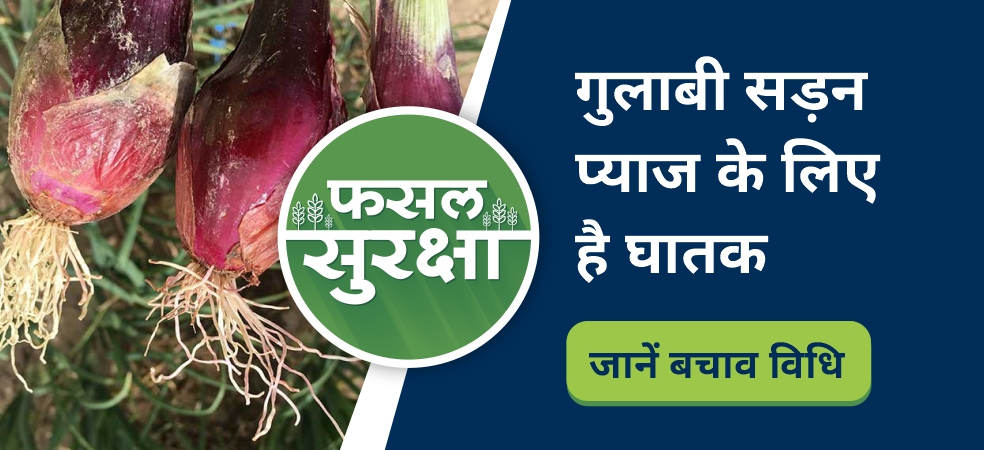-
In the second fortnight of January, most of the crops are in their critical growth stage. At this time, special care is required in crops from irrigation to plant protection. Along with this, there is also a possibility of fog, frost and hail due to the sharp drop in temperature. To protect the crops from these ill-effects and to get full production, the following improved cropping practices can be adopted –
-
At present, the most important Rabi crop, wheat, is in the stage of tillering and somewhere in the jointing. Irrigation is very important in both these stages.
-
Gram: During the formation of pods in gram, there is a possibility of an outbreak of fungal diseases and borer. For its management, spray Hexaconazole 5% Sc @ 400 ml + Emamectin Benzoate 5% SG @ 100 gm/acre.
-
Potato – To increase the size of the tubers, spray at 00:00:50 @ 1 kg/acre and mix it with paclobutrazol 40% SC @ 30 ml/acre 10-15 days before potato harvesting.
-
Cucurbits: Spray Azoxystrobin 11% + Tebuconazole 18.3% SC at 300 ml/acre for management of downy mildew in cucurbits.
-
Watermelon: Watermelon is one such fruit that is planted in the summer season, but January is considered the best for sowing or nursery preparation of watermelon.
-
Keep irrigating after every harvesting of berseem, lucerne and oats, it improves growth.
With the sowing of the crop, connect your farm with the My Farm section of Gramophone app and keep on getting the exact advice and solutions related to smart agriculture throughout the crop cycle. Share this article with your friends with the share button below.
Share










